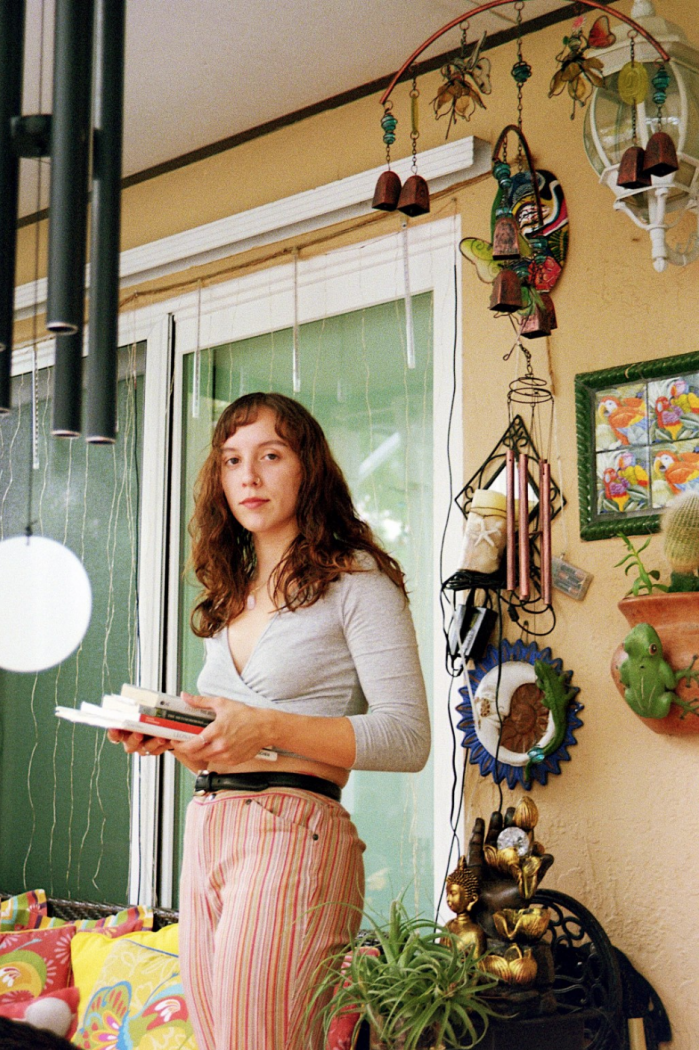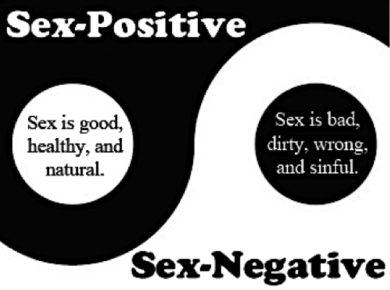By Annie Jonas
In honor of Women’s History Month, I have chosen 5 flash fiction pieces written by, or about, women. These pieces take no more than 5 minutes to read, and are perfect for any spare moments you have throughout your day.
-
Break, by Rabih Alameddine

Image Source: Chloe Scheffe, The New Yorker
This piece chronicles the relationship between a sister and a brother who correspond over the course of seven years with just photographs. What is the reason for such a peculiar form of communication, you may ask? The narrator is a trans-woman whose family disowned her upon her transitioning, and threatened her brother not to speak or write to her without consequences. This story is a haunting portrait of the breaking and reparation of family, love, and loneliness.
“He broke first. I received a four-by-six portrait of his son with a slightly bleeding nose, taken hastily, badly lit, likely by a bathroom bulb. On the ten-year-old face, a thread of blood trickled from nose to upper lip, curving an ogee around the corner of the mouth and down the chin. The boy was in no pain; he looked inquisitively at the camera, probably wondering why his father had had the urge to bring it out.
I held my breath for a beat or two or three when I saw the image. On the back of the photograph Mazen had written, ‘I keep seeing you.’”
-
Girl, by Jamaica Kincaid
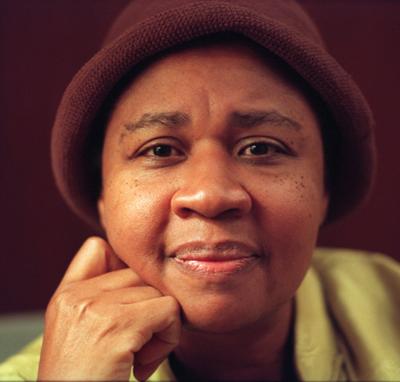
Image Source: Jefferson Wheeler
In this laundry list of dos and don’ts, demands, and warnings, Jamaica Kincaid exposes the unembellished realities of growing up as a girl in a patriarchal world. Written in 1978, in the height of the Second Wave feminist movement, Kincaid’s story feels just as personal as it does political. It is not flashy about its brilliance, and yet in its modesty it proves to be a nuanced masterpiece.
“this is how you smile to someone you don’t like too much; this is how you smile to someone you don’t like at all; this is how you smile to someone you like completely; this is how you set a table for tea; this is how you set a table for dinner; this is how you set a table for dinner with an important guest; this is how you set a table for lunch; this is how you set a table for breakfast; this is how to behave in the presence of men who don’t know you very well, and this way they won’t recognize immediately the slut I have warned you against becoming; be sure to wash every day, even if it is with your own spit; don’t squat down to play marbles—you are not a boy, you know”
-
The Huntress, by Sofia Samatar

Image Source: Del Samatar
In this sci-fi fast fiction piece, an impossibly large female monster called The Huntress terrorizes the inhabitants of a city below. The narrator is a foreigner to this place and is fatally unprepared for the wrath of The Huntress. This piece weaves together intense sensory imagery with disorienting ambiguity; we, as readers, feel just as on-edge as the narrator.
“The Huntress left dark patches wherever she passed. She left a streak. In the morning, the hotel staff would find me unconscious, gummed to the floor. The proprietor weeping, for nothing like this had ever happened in his establishment, nothing. Had I not read the instructions on the desk?”
-
Housewife, by Amy Hempel
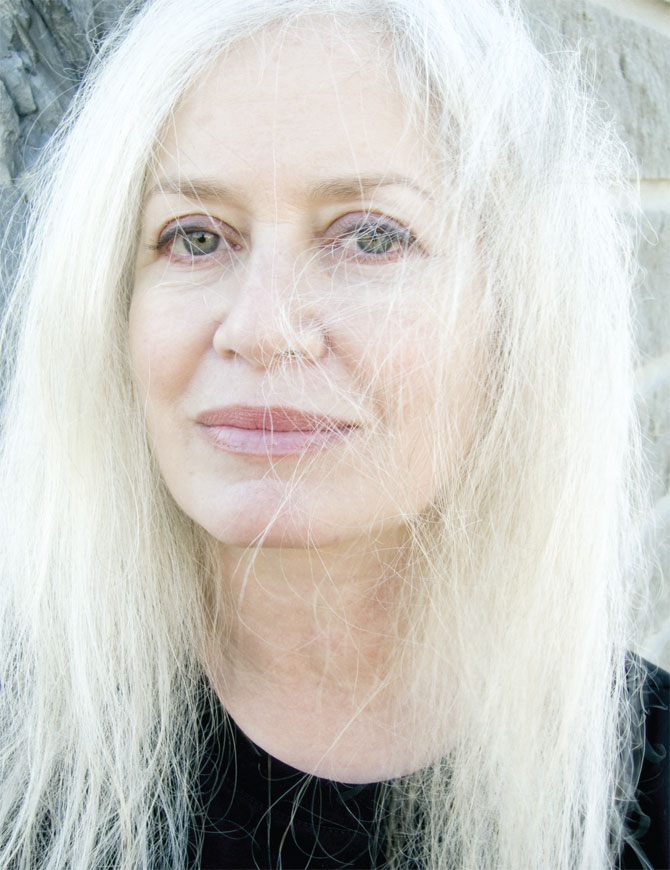
Image Source: VICE
In this one-sentence story, Amy Hempel humorously captures the pure delight of a cunning, two-timing housewife rejoicing in her latest affair. Hempel relays the sexual freedom and polyamorous nature of a modern-day woman who seeks her own pleasure first, and protocols second.
“She would always sleep with her husband and with another man in the course of the same day, and then the rest of the day, for whatever was left to her of that day, she would exploit by incanting, ‘French film, French film.’”
-
John Redding Goes to Sea, by Zora Neale Hurston
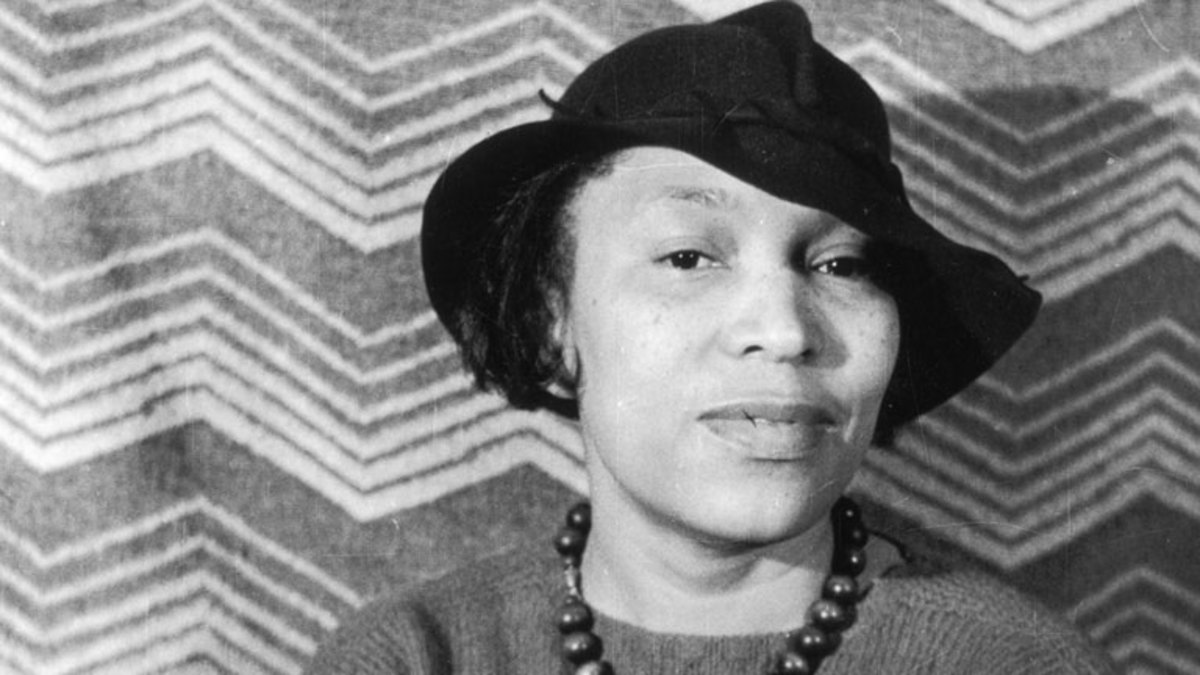
Image Source: Fotosearch / Getty Images
Zora Neale Hurston is one of my all-time favorite female novelists as well as an iconic figure in feminist history. Although she is primarily known and celebrated for her novels, her fast-fiction and short stories are equally deserving of praise. In this piece, Hurston masterfully uses dialect to illustrate the story of John Redding, a ten-year-old daydreamer who imagines his backyard stream is a great sea.
“The little brown boy loved to wander down to the water’s edge, and, casting in dry twigs, watch them sail away downstream to Jacksonville, the sea, the wide world and John Redding wanted to follow them.
Sometimes in his dreams he was a prince, riding away in a gorgeous carriage. Often he was a knight bestride a fiery charger prancing down the white shell road that led to distant lands. At other times he was a steamboat captain piloting his craft down the St. John River to where the sky seemed to touch the water. No matter what he dreamed or who he fancied himself to be, he always ended by riding away to the horizon; for in his childish ignorance he thought this to be farthest land.”
For those who feel like they don’t have the time to read a full-fledged novel, or who desire a fast-paced narrative, fast fiction is the way to go. However, do not assume that just because these pieces are short, they are any less than a novel or a lengthier piece. Fast fiction is an important subgenre of literature because it stretches the expectations of what we perceive fiction to be. It teaches us to be creative and really think about the words we are writing. Fast fiction is a lean and efficient form; nothing is arbitrary. It is important that we read works like these so that we, too, may become better readers and writers.
—
For more fast fiction pieces, check out:

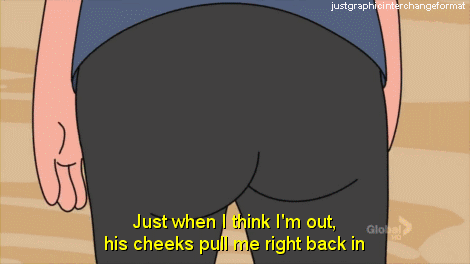

 beauty and our talent, as Susan had told me. Support is accepting the flaws that are found within us and grabbing them by the throat. We must embrace our flaws through moments of self-conflict and self-reflection–– like the urge to message a bully at 3am. A babe supports another babe by challenging her to overcome the obstacles that society brings.
beauty and our talent, as Susan had told me. Support is accepting the flaws that are found within us and grabbing them by the throat. We must embrace our flaws through moments of self-conflict and self-reflection–– like the urge to message a bully at 3am. A babe supports another babe by challenging her to overcome the obstacles that society brings.












